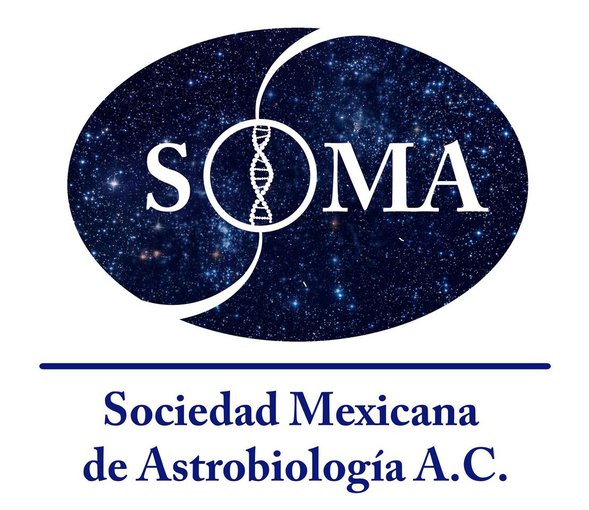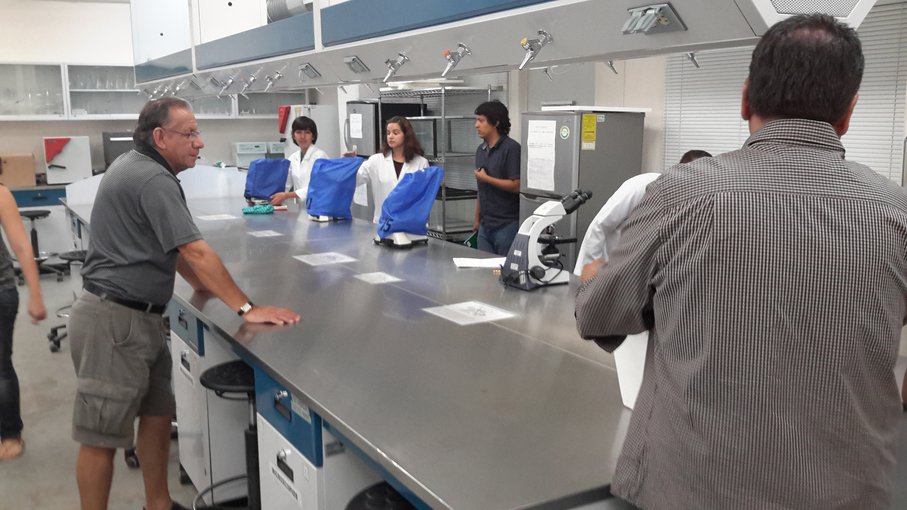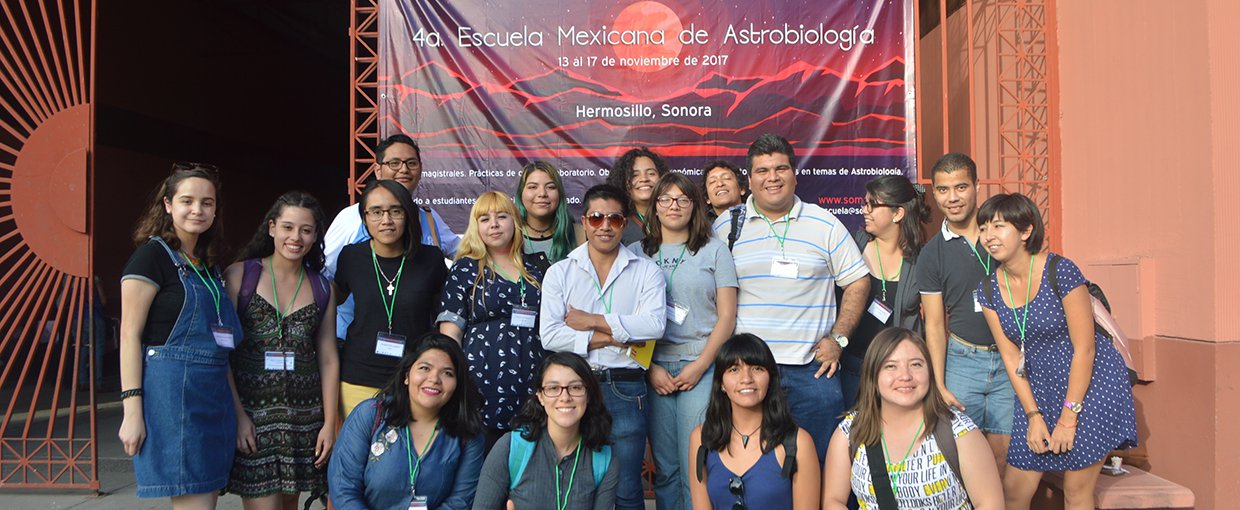Written byElizabeth Howell

The Mexican Astrobiology Society (Sociedad Mexicana de Astrobiología, or SOMA) is one of the NASA Astrobiology Program’s international partners.
SOMA’s roots date back to November 2000, when the Mexican Society of Sciences in Space was formed; by February 2002, it had changed its name to the current one. SOMA’s objectives are to study interdisciplinary sciences concerning life on Earth, as well as other planetary bodies; establish collaborations between national and international organizations; create courses in disciplines related to astrobiology, and to disseminate the importance of astrobiology to the public (particularly to youth). SOMA joined the NASA Astrobiology Institute (NAI) as an affiliate member in 2012.

The Mexican Astrobiology Society (Sociedad Mexicana de Astrobiología)Image credit: SOMA.
“SOMA by itself is not created to do research. Its function is to establish collaborations,” says SOMA’s President, María Guadalupe Cordero Tercero, in an e-mail. (Cordero Tercero is also in the Geophysics Institute at the National Autonomous University of Mexico, or UNAM).
“As an affiliate member of the NAI, SOMA is in contact with NASA researchers who have come to Mexico to offer courses or lectures during congresses,” she adds. “In addition, the meetings promoted by the NAI have allowed us to connect with similar societies in the Americas and Europe – particularly with Spanish-speaking countries.”
Funding mainly comes from individual members, while the Mexican National Council of Science and Technology (Consejo Nacional de Ciencia y Tecnología, or CONACYT) has supported SOMA for congresses and SOMA’s National School of Astrobiology series of courses. “Certainly, obtaining financial support from government institutions is difficult,” she says, adding that SOMA is always working to increase its members, in part to gain funds, but also to gain more access to complex projects.
Growing membership allows the society to support two other goals: popularizing sites of interest for astrobiological field work in Mexico, and to increase the knowledge of Mexican astrobiologists via collaborations with other countries.

Participating students at SOMA’s fourth National Astrobiology School in Sonora, Mexico, in 2017.Image credit: Manet Peña Salinas.
Projects with scientific impact
With dozens of researchers involved in SOMA, it is difficult to capture the breadth of the work in a single article; any list will inevitably leave some discipline out. However, the researchers all work to align themselves with the Astrobiology Program’s 2015 Astrobiology Strategy, which includes identifying abiotic sources of organic compounds, and studying the following:
Mexican scientists whose astrobiology research encompasses three to five roadmap goals in each research area include the following:

Students in the lab at at the fourth National Astrobiology School in Sonara, Mexico.Image credit: Manet Peña Salinas.
Science in society
SOMA has seen public and scientific awareness increasing in astrobiology, particularly in recent years. So far, SOMA has held 11 national congresses, as well as four sessions of the Mexican School of Astrobiology. Last year, the University of Sonora asked for SOMA’s help to train professors, since the university is considering offering astrobiology courses at the undergraduate and master’s level.
Other activities show progress – a book is in the works by several Mexican astrobiologists, the number of papers presented at annual congresses is increasing, and there are several ongoing collaborations with NASA and other international astrobiology-focused institutions.
These are also some of the notable papers that SOMA members (not all of them are currently members of SOMA) produced before and after the society’s founding, although there are many collaborations that are not mentioned here:
Additional Links:
Mexican Astrobiology Society

